A celebration of relationships over the years
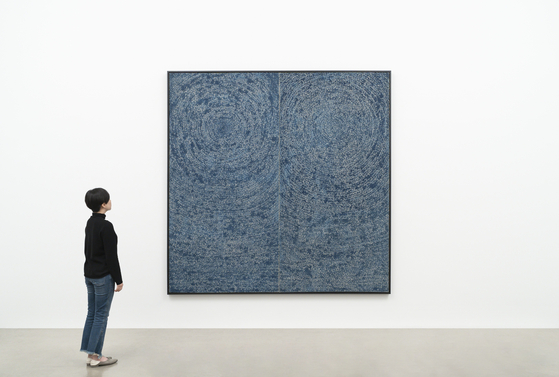
Kim Whanki’s diptych ’05-IV-71 #200 (Universe)“ (1971) will be on display at Gallery Hyundai for the first time since it was sold at a historical Christie’s Hong Kong autumn auction held last year in November, for a whopping 101 million Hong Kong dollars, or around 15.3 billion won at the time.
Gallery Hyundai marks golden jubilee with a two-part exhibition
Gallery Hyundai presents its special exhibition “Hyundai 50” in two parts: the first from April 17 to May 24, and the second from June 10 to July 12. Although the exhibition started last month, the gallery won’t be accepting any visitors until May 12, to abide by the social distancing guidelines outlined by the government.
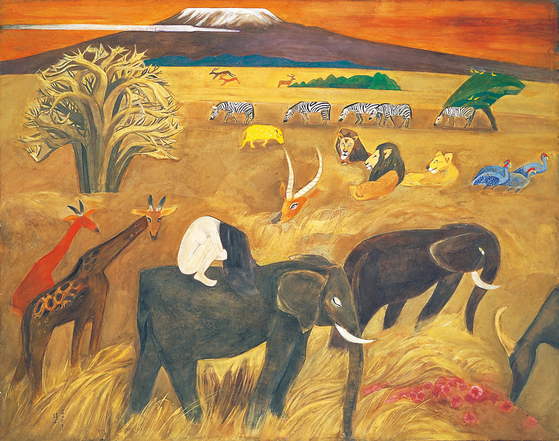
Chun Kyung-ja's (1924-2015) "The 49th Page of My Sorrowful Life"
According to Do, there’s not a particular narrative or theme that the exhibition follows except the idea that “it’s up to museums and curators to do the research.” So in remembering the “relationships” between the gallery and the artists, Gallery Hyundai has chosen artists that it has exhibited before, as well as works that it has previously sold. In fact, this exhibition is all about remembering the founding goals of Gallery Hyundai as a commercial art-dealing platform.
“For this exhibition, we picked out works and artist that personally related to us,” he said.
“I was taught by my mother that, as is the same with people, our gallery and the artists developed through the relationships we shared. This exhibition is meant to continue those relationships.”
Gallery Hyundai, or Hyundai Hwarang as it was called when it first opened, initially settled in central Seoul’s Insa-dong ? a neighborhood filled with old Asian art and calligraphy as well as antique shops. Hyundai was perhaps the first gallery in Korea to deal with modern and Western art, as well as Korean art, at a time where Eastern art was the mainstream content.
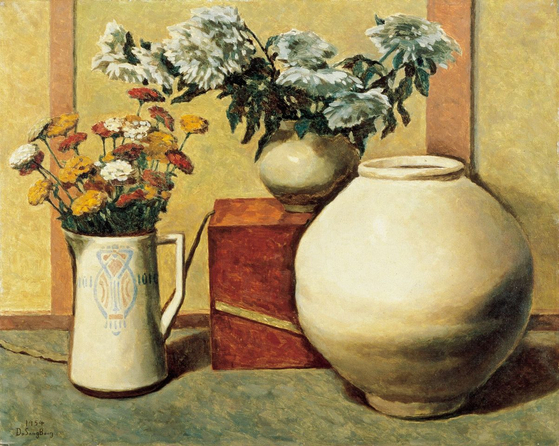
To Sang-bong's (1902-1977) "Still Life" (1954)
The opening exhibition of Hyundai was of Park Soo-keun’s posthumous works. It was followed by a Kim Ki-chang (1913-2001) exhibition.

Lee Jung-seob's (1916-1956) "Bull" (1953-54)
“People queued up for meters outside of the gallery just to see the exhibition, and we were recognized as the gallery that made Lee Jung-seob a legend,” said Park.
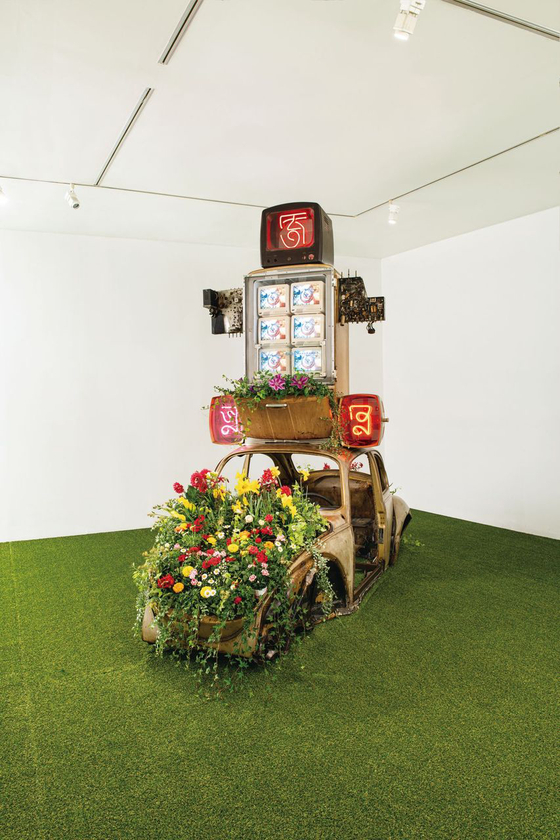
Nam June Paik's (1932-2006) "Marco Polo" (1993)
“I believed that it was the role of a gallery to connect good works with art lovers at the right time and place,” said Park. “This might not be the case now, but I think a good gallery earns its reputation by how many pieces it exhibits and displays, and how the works continue in the future. I don’t know how Gallery Hyundai will change, but I want to say that it has been such a pleasure to have tread the same path as all our artists have with this belief.”
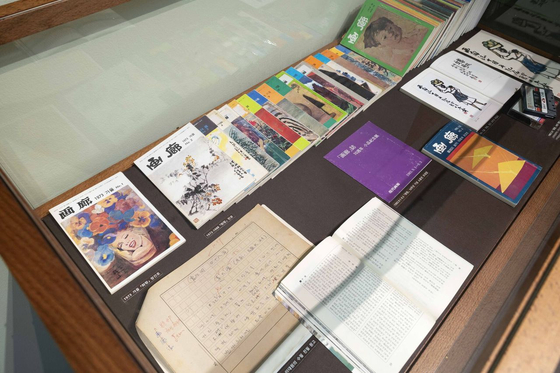
The archive data on display at Gallery Hyundai's 50th anniversary exhibition
A special book will also be published, containing behind-the-scenes stories of each work related to the gallery. Another book, led by art critic Geun-jun Lim will be published in June, with interviews of artists and art experts on the modern and contemporary Korean art world ? with a particular focus on galleries’ roles in shaping the art scene.
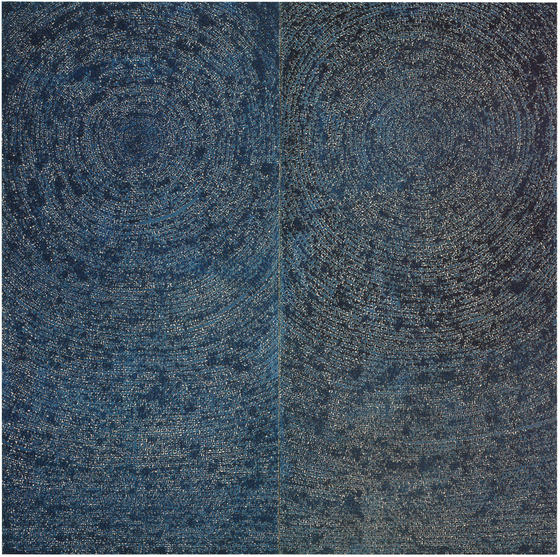
Kim Whanki’s diptych ’05-IV-71 #200 (Universe)“ (1971)
“Just like my mother has led the past 50 years of Hyundai, I will endeavor to expand not only in Korea but outside of Korea. We’ve been getting some attention in recent days, but we will work even harder to get Korean art out into the world. I hope this exhibition shows how resolute we are,” said Do.
BY YOON SO-YEON [yoon.soyeon@joongang.co.kr]










with the Korea JoongAng Daily
To write comments, please log in to one of the accounts.
Standards Board Policy (0/250자)